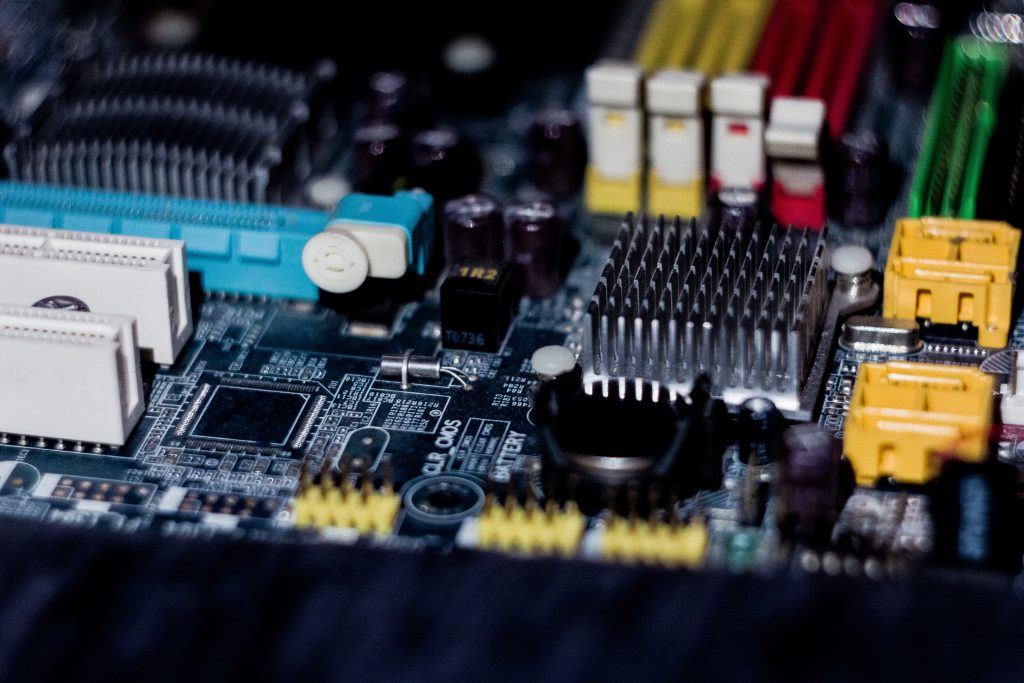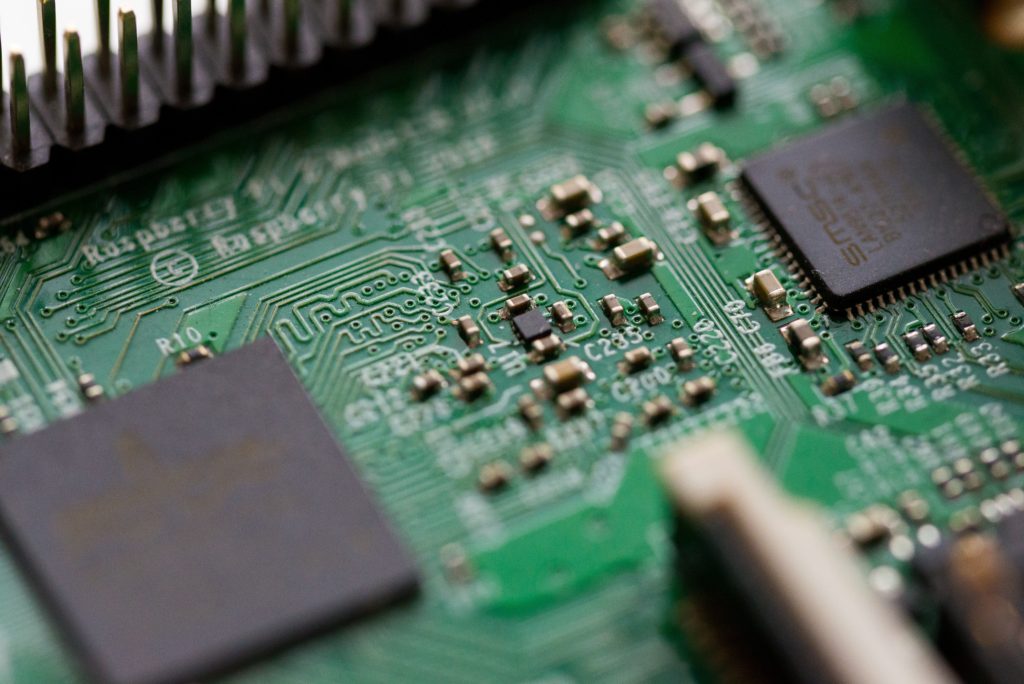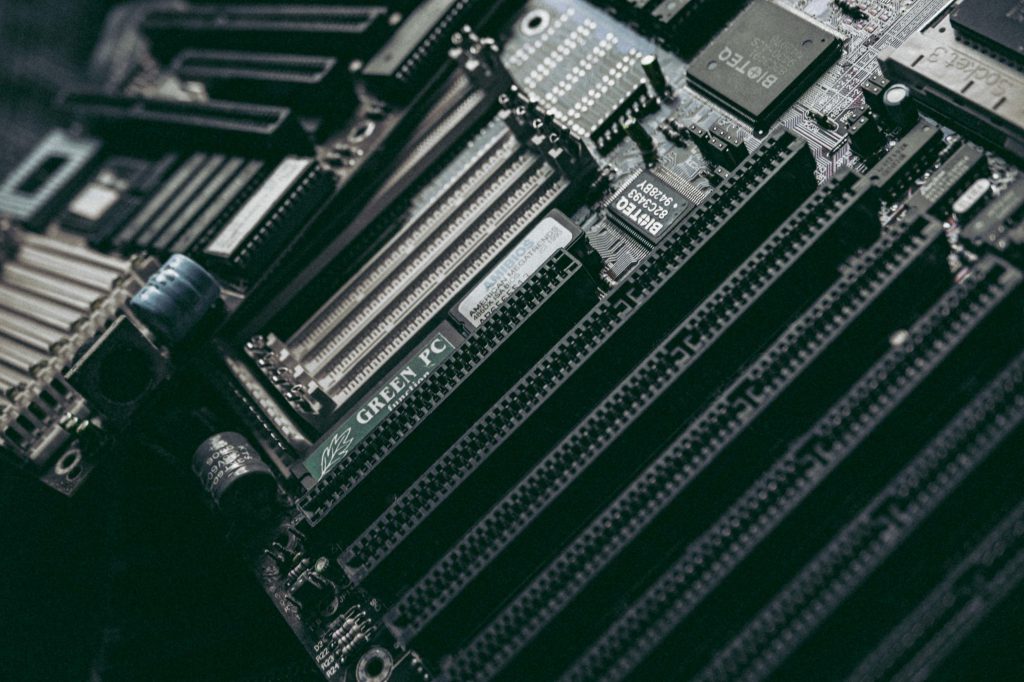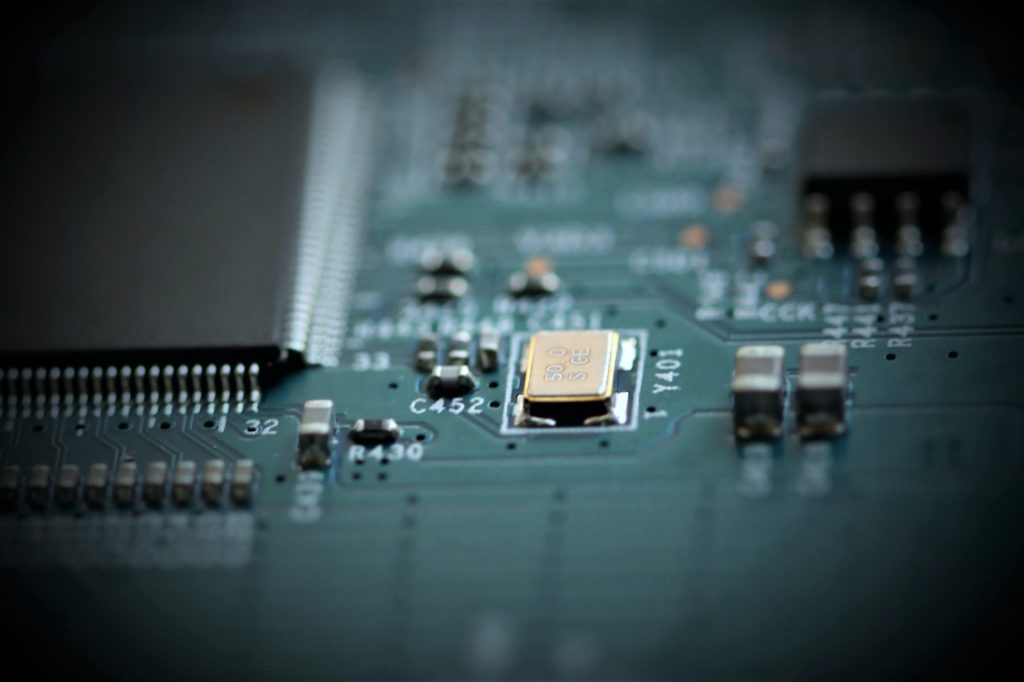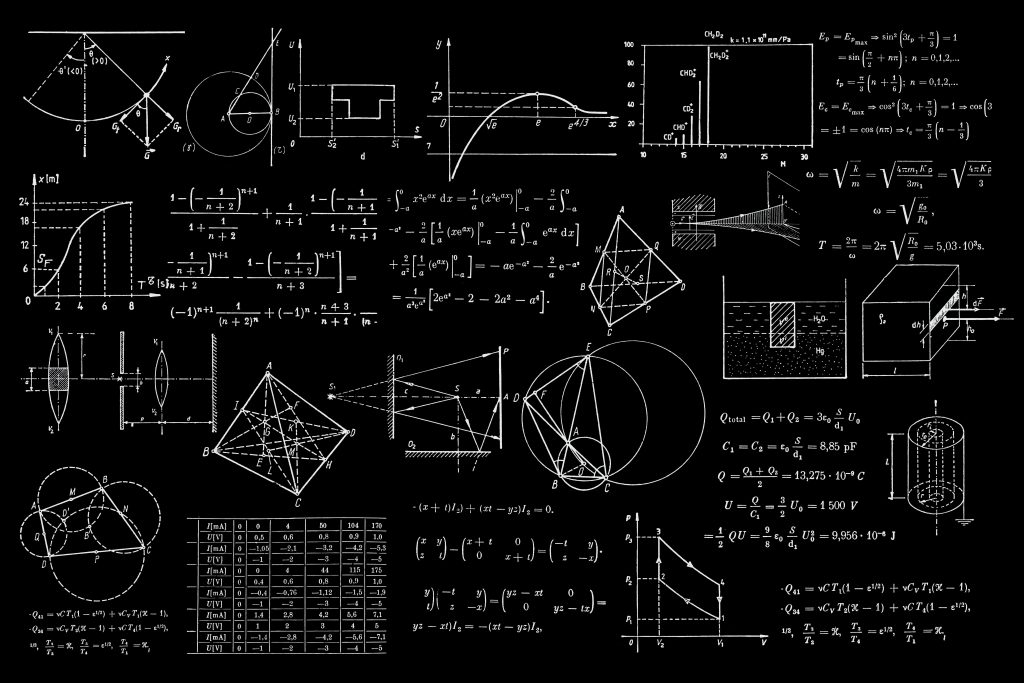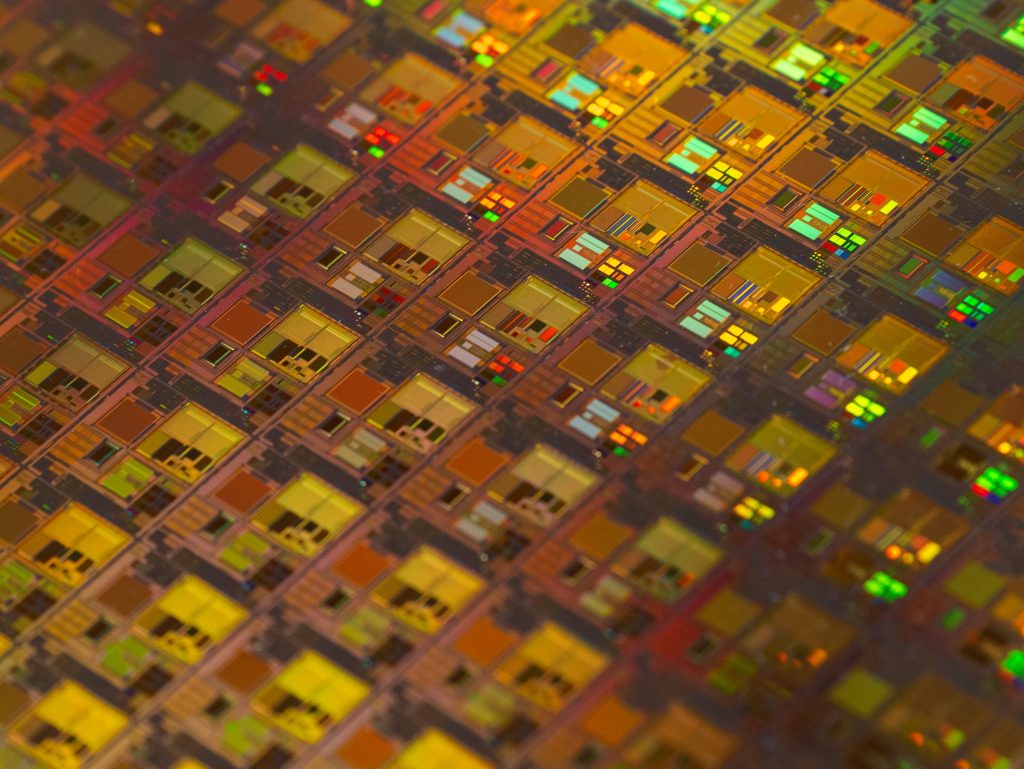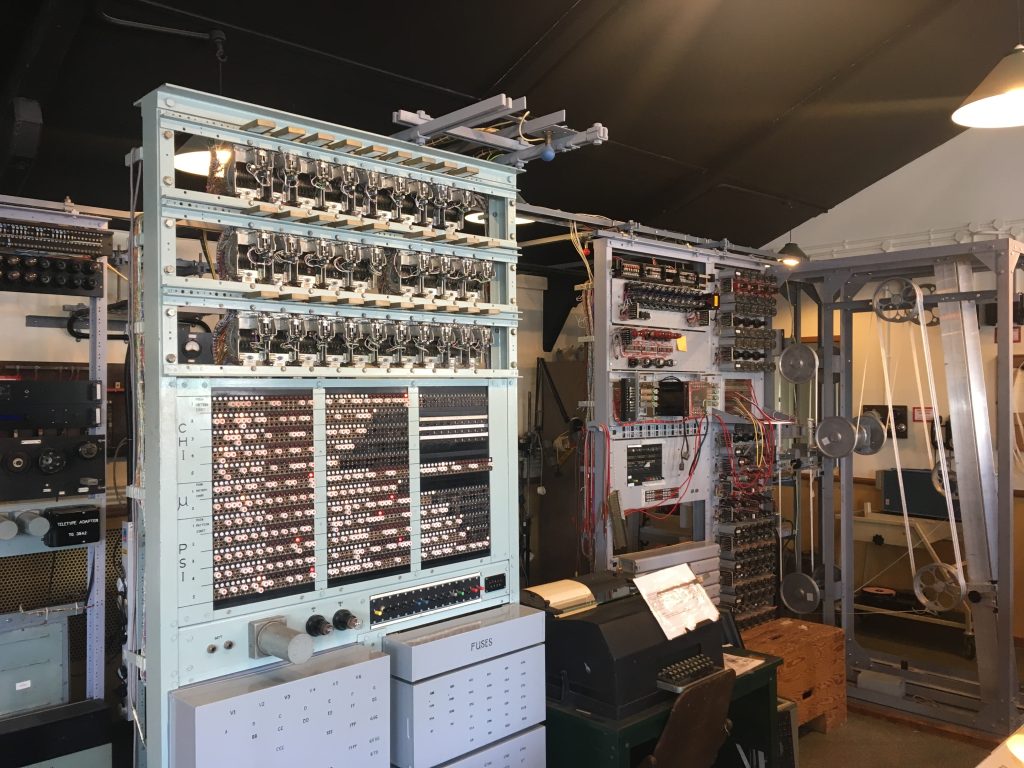Photo by Oleg Gospodarec on Unsplash
There are thousands of different types of semiconductor chips in the market. Year after year, the number is only increasing. Thus, creating a large pool of options to choose from while also enabling customers with different feature sets.
Ideally, this should be positive news for companies using semiconductor chips to build end products. However, such an increase in options is also creating a situation where it is slowly becoming difficult to narrow down the specific types of chips one should use to build the end products for the mass market.
Application: Application Requirement Are Key To Building The Right End Product Using Semiconductor Chips.
Feature: Listing Down Features Is A Better Approach To Narrow On Specific Semiconductor Chips To Use.
Take an example of an integrated circuit with logic devices. At any given point, there are close to 90,000 different options. The same is the case with power management integrated circuits, where the number grows to 300,000. Searching for the correct semiconductor chips from a large set of options (that too, two of the several other semiconductor segments) is nothing less than finding a needle in a haystack.
Is there a way to solve this problem and thus enable faster decision-making? In reality, there is no better approach to tackle such a problem. Nevertheless, companies can opt for a step-by-step approach to narrow down specific types of chips that will help build the envisioned end products, and this requires immense focus on the selection process.

There are sets of processes that can help in faster decisions on selecting silicon chips. However, the fundamental approach should always include a detailed analysis of the target application, as it allows companies to focus on specific types of chips to narrow on.
As a next step, based on the list narrowed as per the application type, the focus should shift to the features. If the same chip can provide different features per application type, it should be preferred rather than opting for several chips.
Search: Searching Through Thousands Of Different Types Of Options Is A Time And Cost-Intensive Process.
Product: Building A Product With Semiconductor Chips Is All About Finding The Right Set Of Different Types Of Chips.
Finding a perfect match of features based on the target application solves more than half of the puzzle to build next-gen end products. In the future, such a process will be far easier when AI-enabled software tools drive efficient searches to help system engineers come to a decision faster than ever.
As the semiconductor industry marches ahead of trillion devices, the chip selection process for the end product will become more vital than ever. It will also define the flow for manufacturing future next-gen silicon-driven end products.
